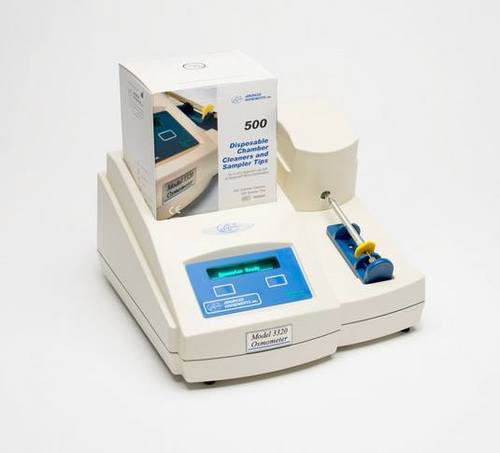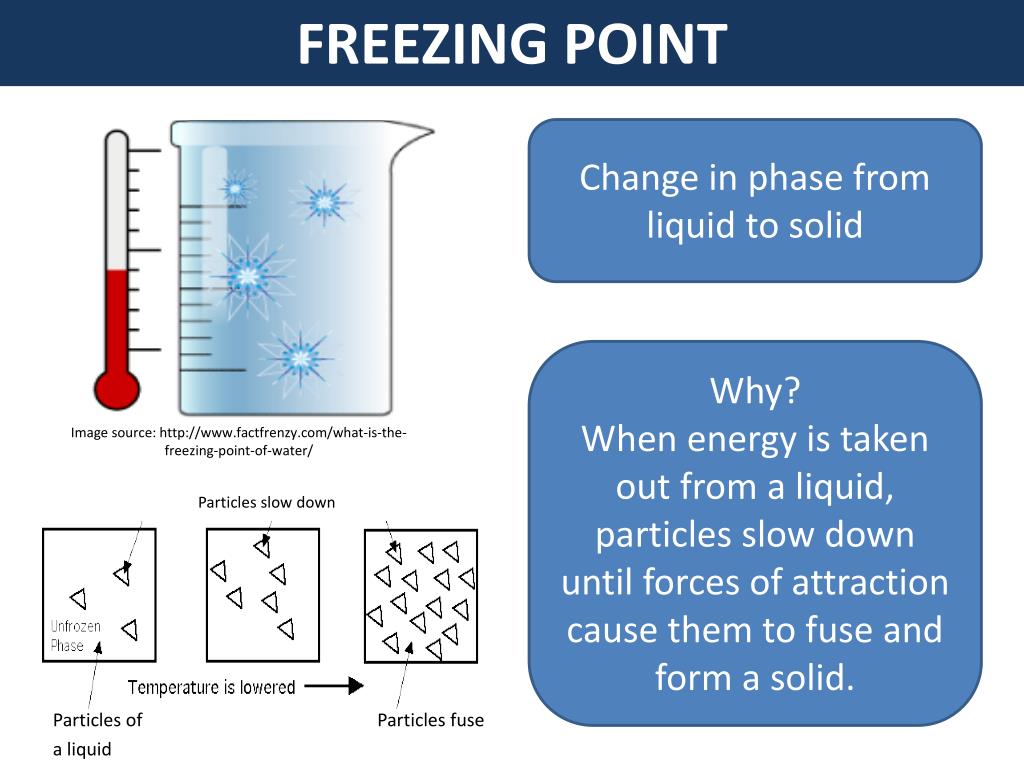


The group's headquarters was raided by the police on 14 August 1987 and all children were removed from the premises. The Family-also called the Santiniketan Park Association and the Great White Brotherhood-is an Australian New Age group formed in the mid-1960s under the leadership of yoga teacher Anne Hamilton-Byrne (born Evelyn Grace Victoria Edwards 30 December 1921–13 June 2019). Please consider expanding the lead to provide an accessible overview of all important aspects of the article. Therefore, a freezing point depression is observed.This article's lead section may be too short to adequately summarize the key points. Unlike the boiling point, the chemical potential of the impure solvent requires a colder temperature for it to reach the chemical potential of the pure solid solvent. Again, since we are dealing with mixtures with decreased chemical potential, we expect the freezing point to change. Where \(K_b\) is known as the ebullioscopic constant and \(m\) is the molality of the solute.įreezing point is reached when the chemical potential of the pure liquid solvent reaches that of the pure solid solvent. Thus, boiling point elevation occurs with a temperature increase that is quantified using In other words, the boiling point of the impure solvent will be at a higher temperature than that of the pure liquid solvent. Because of the decrease in the chemical potential of mixed solvents and solutes, we observe this intersection at higher temperatures. The boiling point is reached when the chemical potential of the pure solvent, a liquid, reaches that of the chemical potential of pure vapor. Consequently, solvents with higher chemical potentials will also have higher vapor pressures.


The higher the chemical potential of a solvent is, the more it is able to drive the reaction forward. Chemical potential is the molar Gibb's energy that one mole of solvent is able to contribute to a mixture. Because the solvent is no longer pure with the addition of solutes, we can say that the chemical potential of the solvent is lower. First, it must not contribute to the vapor pressure of the solution, and second, it must remain suspended in the solution even during phase changes. The solute, in order for it to exert any change on colligative properties, must fulfill two conditions. Note that the nature of the solute does not affect colligative property relations. \): Ebullioscopic and cryoscopic constants for select solvents.


 0 kommentar(er)
0 kommentar(er)
